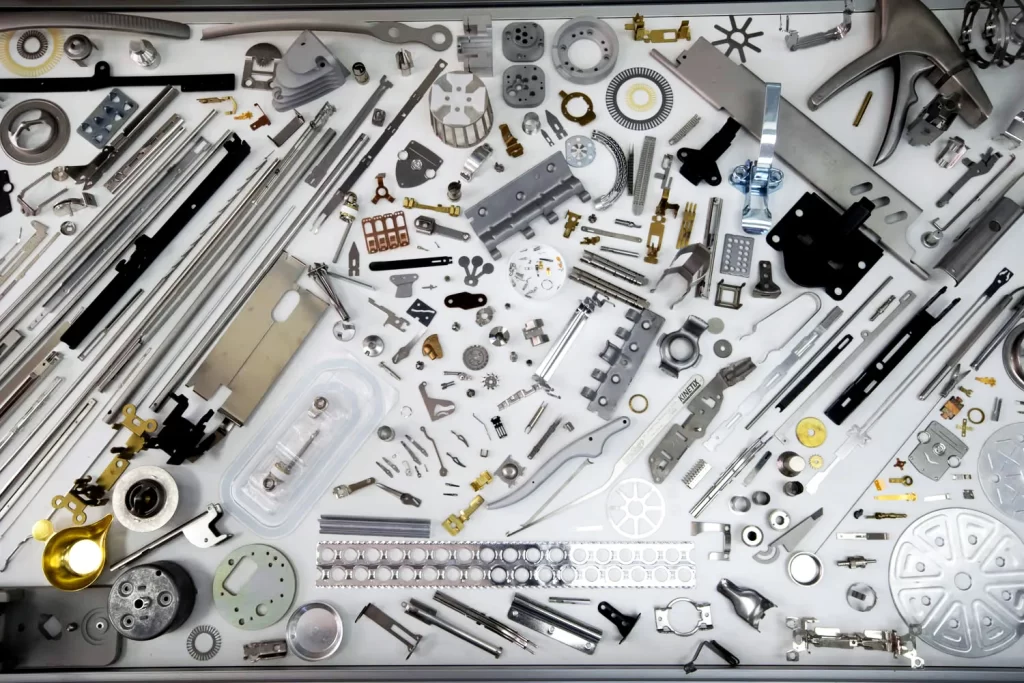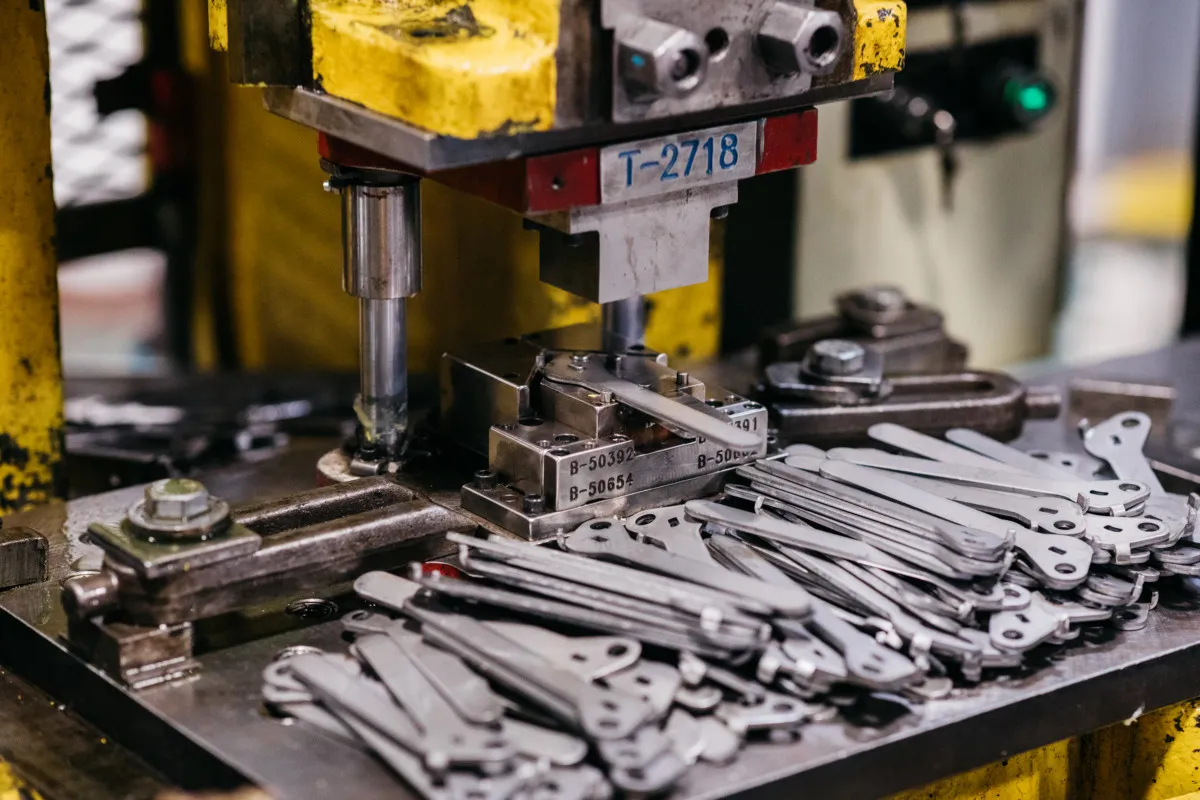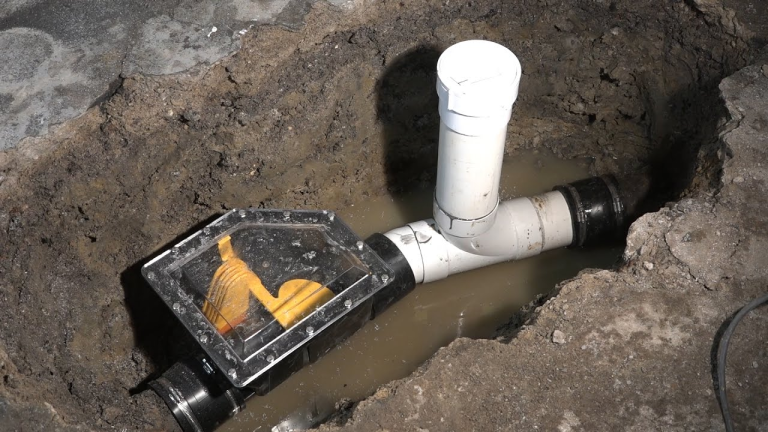Geotextile-Enhanced Progressive Die Stamping: Achieve Efficiency and Quality
Progressive die stamping processes, including the utilization of geotextile materials, are essential for shaping and fabricating highly durable parts across various industries. By feeding strip metal through a series of workstations, progressive die stamping achieves large-scale replication with precision and speed.
Overview of the Progressive Die Stamping Process
In a standard progressive die stamping process, the following four stages are involved:
- Proper Positioning of Progressive Die: The progressive die is carefully positioned within a stamping press to ensure optimal opening and closing functionality during press operation.
- Metal Strip Stamping: Metal strips are fed through the stamping die, where each press stroke executes precise blanking and forming actions. Some stamping dies are equipped with automated material removal capabilities, increasing efficiency and automation.
- Progressive Process Execution: The feed mechanism automatically moves the metal strip to the next station, where a different process is performed progressively to achieve the intended design.
- Final Part Cutting and Processing: At the final station, the finished part is cut free from the feed line, and ready for further processing and/or assembly.

Stock Strip Design and Geotextile Integration
The progressive die design begins with manufacturers utilizing advanced computational models, incorporating geotextile materials where applicable. These models shape the graphical representation of the die, optimizing the positioning of punches, bends, and holes on the blank strip.
Tool Steel Machining and Die Set Creation
Following the stock strip design, CNC machining processes are employed to create the die blocks with utmost precision according to the specified requirements. These die blocks play a crucial role in ensuring highly accurate part repeatability and undergo rigorous quality control measures before production material is committed.
Secondary Processing: Grinding, Heat Treating, and Geotextile Applications
To enhance the strength and durability of parts, heat treatments are applied, raising the part beyond the critical transformation temperature of the alloy. Rapid cooling follows, improving dimensional stability and durability. Grinding processes may be employed for parts requiring higher dimensional accuracy and surface quality, including those incorporating geotextile materials.
Ensure Efficient Metal Fabrication with Geotextile-Enhanced Progressive Die Stamping
By integrating geotextile materials into the progressive die-stamping process, manufacturers can achieve enhanced efficiency and quality in metal fabrication. Geotextile’s unique characteristics can contribute to cost-effective solutions while maintaining stringent performance requirements.




